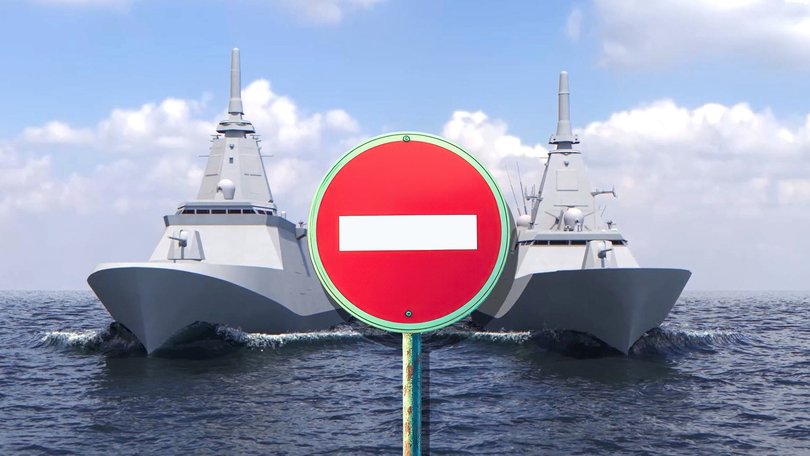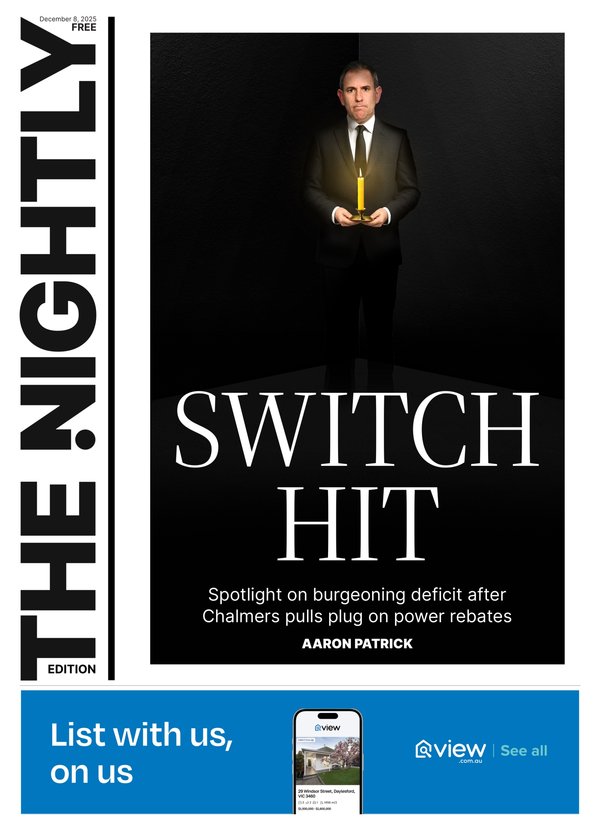BEN HARVEY: Mitsubishi’s Mogami project faces shoddy roads, the problem is lack of space

Australia is about to write Japan a $10 billion cheque after deciding Mitsubishi’s Mogami-class frigates are better value than Germany’s Meko warships.
Let’s set aside the fact that our maritime defence rests with the company that brought us the Magna and instead consider the absurdity of the bigger historical picture.
If in 1945 this column had suggested Australia’s military security would one day be in the hands of Tokyo and Berlin, this columnist would have been searching for a new career (likely in the food and beverage service industry, given his lack of qualifications or nous).
Sign up to The Nightly's newsletters.
Get the first look at the digital newspaper, curated daily stories and breaking headlines delivered to your inbox.
By continuing you agree to our Terms and Privacy Policy.Imagine the derision had a journalist put forward the idea back then that the Germans and the Japanese would be called on to help protect us from the Russians and the Chinese (during a period in which the Jews were military aggressors, to boot).
The realpolitik of the foreign politic is so unpredictable that old enemies are now new allies in the fight against old allies who are new enemies.
Few commentators have questioned the decision to go with Mitsubishi.
The Mogami is bigger than Thyssenkrupp’s alternative and has more firepower. Importantly, it requires fewer crew, which is good because the Royal Australian Navy would struggle to fill a dinghy with competent sailors.
Canberra went for the pricier option because there is a better chance of the 11 ships being delivered on time. With serious questions hanging over the delivery schedule of the AUKUS submarines, defence bosses are clearly desperate for something that floats before the middle of the century.
The first Mogami is expected to be ready by 2029, which by defence procurement standards is yesterday. Mitsubishi will build two more at its Japanese shipyards before moving production to the Australian Marine Complex in WA.
And that is when the project will likely go off the rails, not for want of steel or engineering skills but for want of space.
The squeeze isn’t at the AMC itself (at 400,000sqm it is an enormous parcel of land that is not fully subscribed), it’s in the surrounding area.
The marine complex is one of four industrial areas that make up the Western Trade Coast — an industrial zone half an hour south of Perth so busy that it accounts for 1 per cent of Australia’s GDP.
The AMC functions well because the industries that service it (fabricators, chemical plants, mineral refineries and the like) are close by.
It’s a loud, smelly, smokey industrial ecosystem linked by hundreds of kilometres of underground pipes and above-ground highways and railways.
The oldest and most important industrial area within the Western Trade Coast — and the zone that will be critical to the production on locally made Mogami ships — is the Kwinana strip.
Alcoa and BP set up shop there as anchor tenants 60 years ago and it’s now home to 20-odd heavy industries.
New tenants finishing construction include a lithium processing plant, a huge cement business, a giant battery and waste-to-energy plants.
A water reclamation facility is being expanded and businesses on the drawing board include a hydrogen hub, another lithium processing train, a battery materials plant and a BioIron project.
That fabulous pipeline of activity is being betrayed by dud transport links; there are two roads in and two roads out of the Kwinana strip, both of which are single carriageways.
At shift change the area is gridlocked as workers try to get home.
The Western Trade Coast is about to get a whole lot busier courtesy of the WA Government’s decision to construct an enormous new harbour down the road from the AMC.
Westport, which will replace Fremantle, will be one of the biggest construction projects in the southern hemisphere when work begins in earnest next decade.
As it happens, the 2030s is when the AMC will begin piecing together the first of eight 6200-tonne warships.
That’s a lot of material and manpower moving through an area that’s serviced by transport infrastructure inferior to the roads at a Westfield shopping centre.
Politicians and defence bosses are fretting about whether an Australian workforce will have the skills to build a Mogami-class frigate.
They should be more worried about how the new generation of local shipbuilders is going to get to work.

